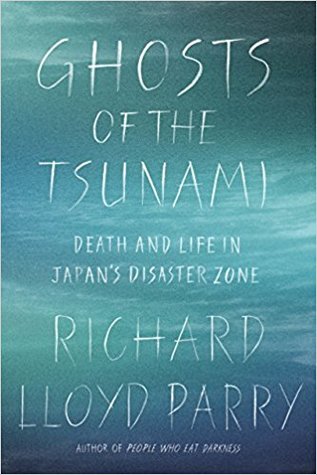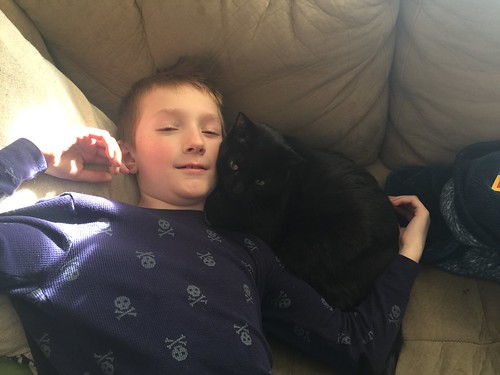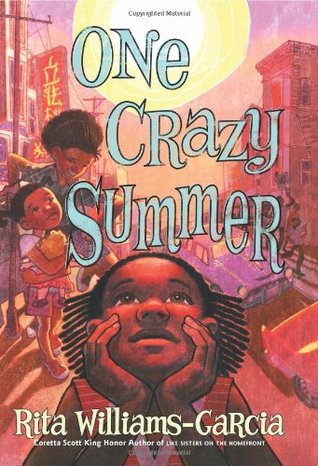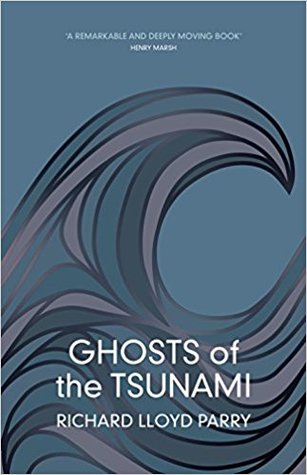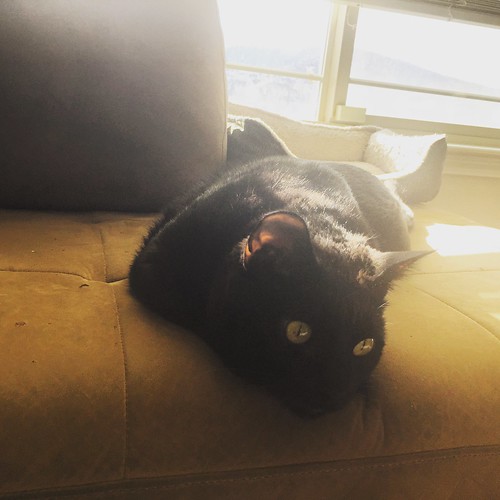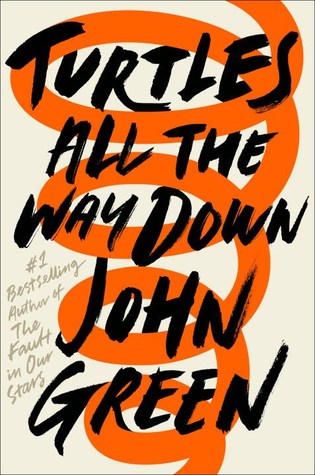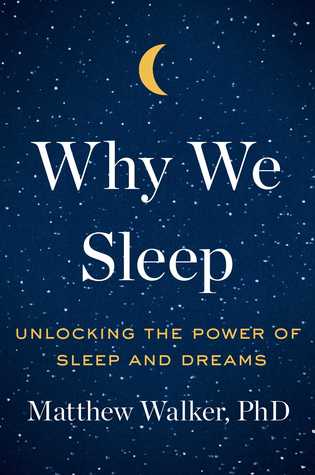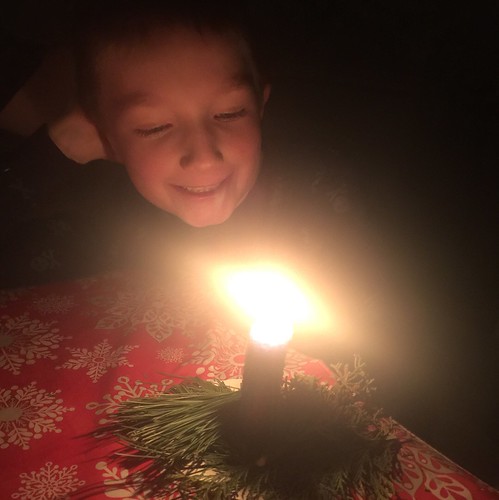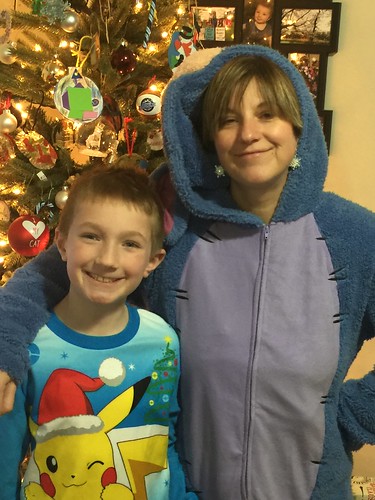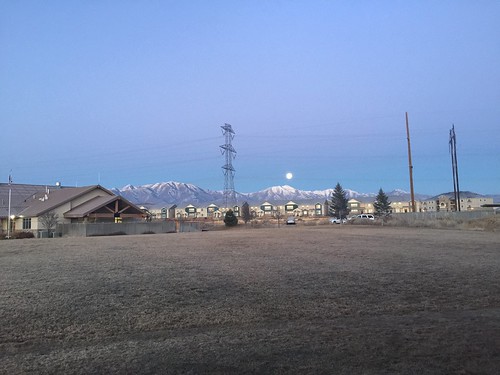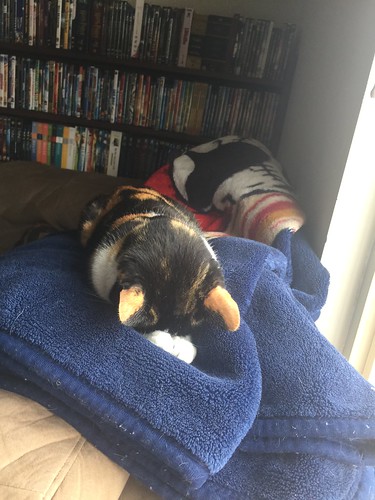The definitive account of what happened, why, and above all how it felt, when catastrophe hit Japan—by the Japan correspondent of The Times (London) and author of People Who Eat Darkness.
On March 11, 2011, a powerful earthquake sent a 120-foot-high tsunami smashing into the coast of northeast Japan. By the time the sea retreated, more than eighteen thousand people had been crushed, burned to death, or drowned.
It was Japan’s greatest single loss of life since the atomic bombing of Nagasaki. It set off a national crisis and the meltdown of a nuclear power plant. And even after the immediate emergency had abated, the trauma of the disaster continued to express itself in bizarre and mysterious ways.
Richard Lloyd Parry, an award-winning foreign correspondent, lived through the earthquake in Tokyo and spent six years reporting from the disaster zone. There he encountered stories of ghosts and hauntings, and met a priest who exorcised the spirits of the dead. And he found himself drawn back again and again to a village that had suffered the greatest loss of all, a community tormented by unbearable mysteries of its own.
What really happened to the local children as they waited in the schoolyard in the moments before the tsunami? Why did their teachers not evacuate them to safety? And why was the unbearable truth being so stubbornly covered up?
Ghosts of the Tsunami is an intimate account of an epic tragedy, told through the accounts of those who lived through it. It tells the story of how a nation faced a catastrophe and the struggle to find consolation in the ruins.
Parry leads us through one of the most harrowing tragedies a person and community can go through. I read this in a day and I think that's what made this book so powerful for me. He lets us know through the words of those who experienced it the weight of their grief; it's palpable. It sticks with you for days after.
"For many of those who experienced it, the tragedy of the tsunami was formless, black, and ineffable, an immense and overwhelming monster that blocked out the sun. But to Naomi, no less stricken than the others, it was glittering and sharp and appallingly bright. This harshly illuminated clarity was the opposite of consoling. It pierced, rather than smothered, and left nowhere to hide."
Not only do we get a taste of what these people went through after the tsunami hit, we also get insight into the culture of Japan and how they traditionally deal with disasters, grief, and death. We get to experience to good and the bad and the in between. I found myself shocked at how the children died. Why didn't they do anything? This is what I would've done....but Parry helps us make sense of it. How it could have happened and why. And it's just a tragedy.
"It's easy to imagine grief as an ennobling, purifying emotion--uncluttering the mind of what is petty and transient, and illumination the essential. In reality, of course, grief doesn't resolve anything, any more than a blow to the head or a devastating illness. It compounds stress and complication. It multiplies anxiety and tension. It opens fissures into cracks, and cracks into gaping chasms."
"'The children were murdered by an invisible monster,' Sayomi Shito said once. 'We vent our anger on it, but it doesn't react. It's like a black shadow. It has no human warmth.' She went on, 'The tsunami was a visible monster. But the invisible monster will last forever.'
I asked, 'What is the invisible monster?'
'I wonder myself what it is,' said Sayomi. 'Something peculiar in the Japanese, who attach importance only to the surface of things. And in the pride of people who cannot ever say sorry.'"
There are so many more quotes just like these that make you feel what they feel. It's a beautiful and tragic book and I came away with utter sadness at the tragedy, compassion, and hope for those who are left behind.
*part of my 2018 nonfiction reading challenge hosted by Doing Dewey.
